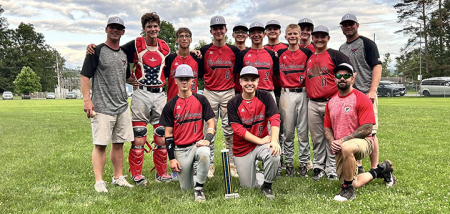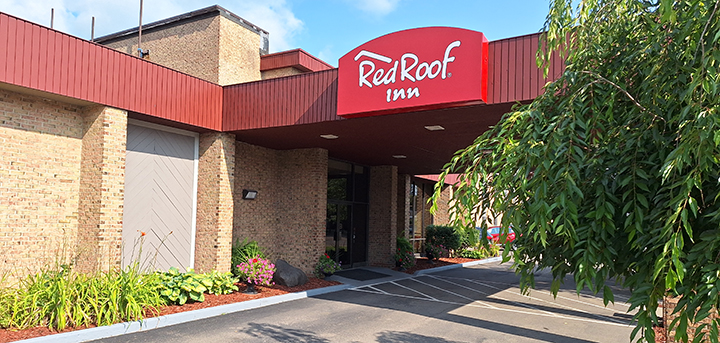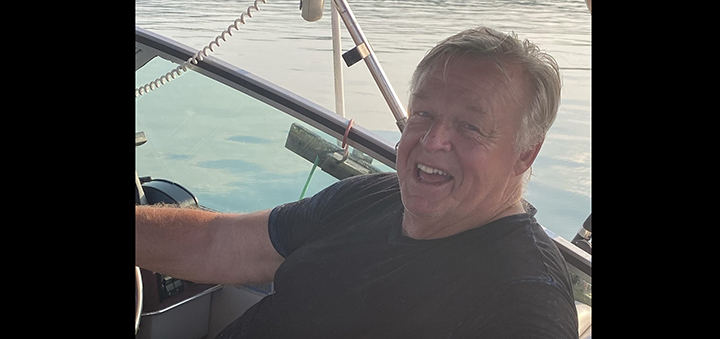Packing For A Day Hike
Published:
April 6th, 2017
By:
Cameron Turner
Myranda Davis
Mayhood’s Sporting Goods
Hiking is by far one of my favorite outdoor recreation activities.
Growing up I would frequently hike on the Finger Lakes Trail with with my mom or aunt. As a teen I joined Venturing (part of Scouts) and took the next step, going on occasional backpacking trips or mountain hikes. While I do hike year-round, I certainly prefer to do so in fair weather.
Over the years I have found that having the proper gear and being prepared can make or break any hike (or any outdoor activity for that matter). Every now and then there might be a slight temptation to skimp on gear. Especially when you expect it to be a short activity.
Preparation for a day hike is fairly simple. There are some essentials to bring for any day trip and then there are optional accessories which some may find useful. For any trip I focus on hydration and nutrition, proper clothing, bug and sun protection, navigation tools, and emergency supplies.
For clothing I tend to dress in layers that are weather appropriate. You can always remove a layer if necessary. It is best to wear polyester. This material wicks moisture, dries fast, and is lightweight. Cotton should be avoided because this material absorbs moisture and loses its insulating properties.
I usually wear pants that can be converted into shorts. Pants are useful in dense brush to protect from thorns and ticks. Reliable, sturdy, comfortable footwear is essential as well. I found that hiking boots with a little more height provide better ankle support in rough terrain versus trail shoes that stop below the ankle.
A day pack is key as well for carrying all of the necessary gear. Usually about a 20-30L pack will provide the proper amount of room for gear. I chose a pack that is made of lightweight, but durable material with a compartment for a hydration pack, and a waist belt. A waist belt helps keep weight primarily over the hips so that it does not pull on your back or shoulders.
I always carry a rain cover, rain jacket and rain pants as well to keep myself and my gear dry during poor weather. Rain ponchos are always an option but, the water tends to run down the poncho and onto your legs.
For water I prefer to use a hydration pack so I don’t have to stop and dig around in my pack for a water bottle. I carry an additional 32oz bottle of water though as a back up. I always pack a little more food than I think I will need and not just in case I get lost. Those who have any experience hiking with me usually do as well because I have a tendency to get “hangry”.
Dry goods are lighter to carry. I usually bring items such as dehydrated fruit, nuts, or granola bars. Sun protection and bug repellent are important as well. I bring a bug net with me as well in case the bugs are thick. Of course you should always carry a map and compass for navigation. GPS units can be handy, but aren’t necessary and should never be solely relied on. I have used them as a back up while bushwhacking. A waypoint of your vehicle can be handy if you get lost, confused, or need to get back fast.
For emergency situations a flashlight with extra batteries, a fire starter, first aid kit, water purification tablets, whistle, knife, emergency bivy, and toilet paper are important. The flashlight can be used to read maps and increase visibility if your hike turns out to be longer than planned. A fire starter makes it much easier to start a fire. Fire can provide warmth and can make a good signal if you are lost. Water purification tablets can be used in a pinch if you are out of water. No one wants to get Giardia (also known as beaver fever). A whistle is more effective than shouting for help. Three short bursts on a whistle is a widely known distress signal. An emergency bivy (think emergency blanket in sleeping bag form) is essential if hypothermia sets in or can even be useful if you have an unplanned overnight stay in the woods. Toilet is paper is useful for the obvious reasons, but can be used to start a fire or to mark a location. It is also important to plan your route and leave details with someone about where you are going.
Having these items can make the difference between a fun or not so enjoyable trip. So find a friend to take out on the trails and try some hiking. There are several trails available at State Parks or you can check out the Finger Lakes Trail, the Catskills, or the Adirondacks. I hope to see you out on the trails this summer.
Author: Cameron Turner - More From This Author
Comments










